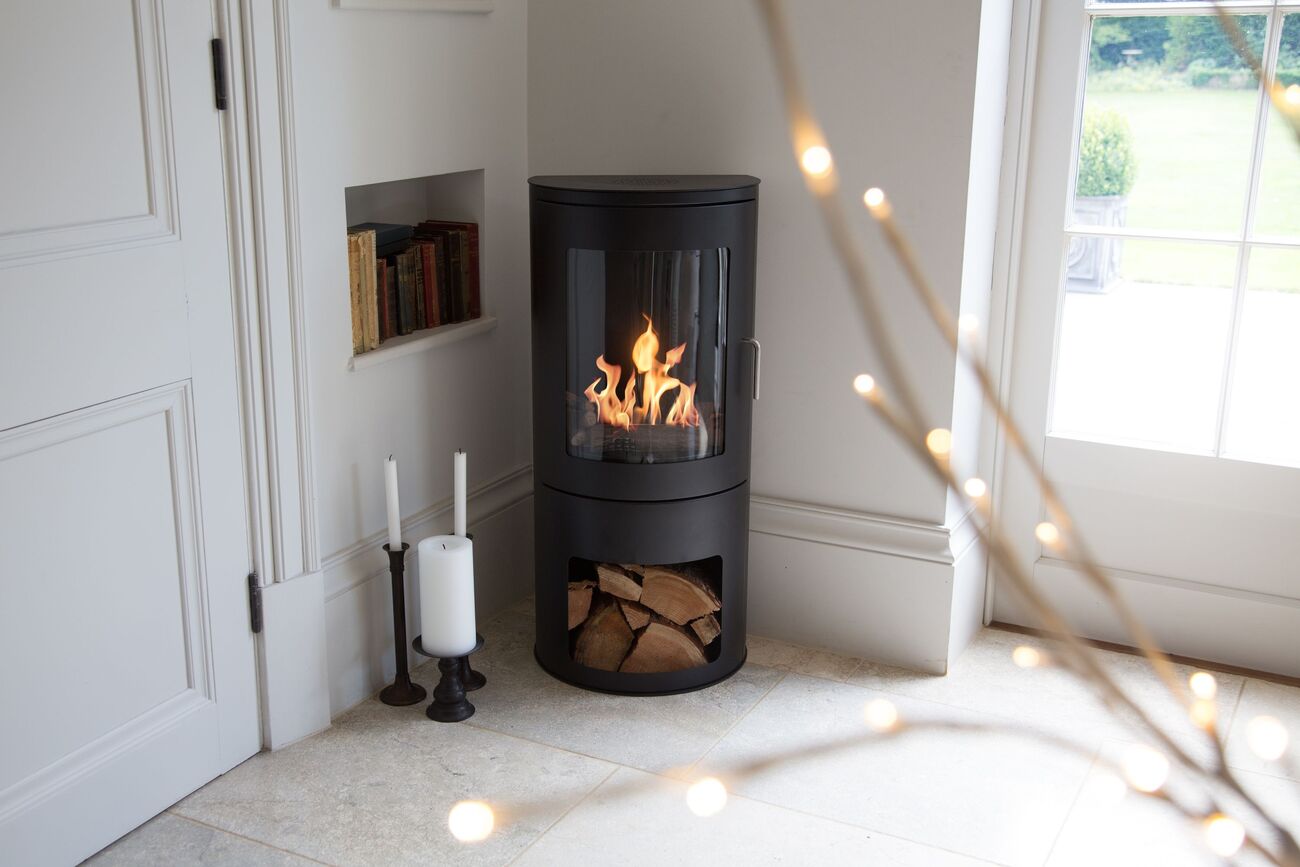

Articles
What Is Bio Ethanol Fireplace
Modified: January 18, 2024
Discover the benefits and uses of bio ethanol fireplaces in our informative articles. Learn how this eco-friendly alternative to traditional fireplaces can enhance your home decor and create a cozy ambiance.
(Many of the links in this article redirect to a specific reviewed product. Your purchase of these products through affiliate links helps to generate commission for Storables.com, at no extra cost. Learn more)
Introduction
When it comes to home decor and heating solutions, there are endless options available in the market. One of the innovative and eco-friendly options that has gained popularity in recent years is the bio ethanol fireplace. It combines the warmth and ambiance of a traditional fireplace with the convenience and clean-burning properties of bio ethanol fuel.
Bio ethanol fireplaces have become a trendy alternative to traditional wood or gas fireplaces, as they offer a greener and more versatile heating solution. These fireplaces are not only practical but also add a touch of elegance and sophistication to any living space.
In this article, we will delve into the world of bio ethanol fireplaces and explore their functionality, benefits, disadvantages, and safety considerations. Whether you’re considering adding a fireplace to your home or looking to change your existing heating system, this comprehensive guide will help you make an informed decision.
Key Takeaways:
- Bio ethanol fireplaces offer an eco-friendly and versatile heating solution, providing warmth and ambiance without the need for a chimney or venting system. They are easy to use, maintain, and add elegance to any living space.
- Prioritizing safety, proper installation, and maintenance are crucial for enjoying the benefits of a bio ethanol fireplace. Consider factors such as design, heat output, and safety features when choosing the right fireplace for your home.
Read more: How To Store Ethanol
What is Bio Ethanol?
Bio ethanol is a renewable fuel source that is produced through the fermentation of crops such as corn, sugarcane, wheat, or potatoes. It is a form of alcohol that is commonly used as a fuel for heating and cooking purposes. Unlike traditional fossil fuels, bio ethanol is considered a sustainable and environmentally-friendly alternative, as it produces fewer emissions when burned.
One of the key features of bio ethanol is that it is a clean-burning fuel. When it is ignited, it produces a vibrant, smokeless flame, making it ideal for indoor use. It doesn’t produce any harmful pollutants like carbon monoxide, soot, or ash, which is a significant advantage over traditional wood or gas fireplaces.
Bio ethanol fuel is typically sold in liquid form and is poured into a burner or reservoir in the fireplace. The burner is equipped with a series of small holes or a wick, which allows the fuel to vaporize and burn efficiently. The flame produced by bio ethanol is adjustable, giving you the flexibility to control the heat output as per your preference.
It’s important to note that bio ethanol should not be confused with other types of ethanol, such as denatured alcohol, which contain additives and chemicals that make them unsuitable for use in bio ethanol fireplaces. Always ensure to use high-quality, pure bio ethanol fuel to ensure optimal performance and safety.
How does a Bio Ethanol Fireplace work?
A bio ethanol fireplace is designed to provide a convenient and efficient heating solution without the need for a chimney or venting system. It operates using bio ethanol fuel, which is poured into a burner and ignited to create a beautiful flame.
The main components of a bio ethanol fireplace include:
- Burner: This is the central part of the fireplace where the bio ethanol fuel is poured and burned. The burner is often made of stainless steel and is designed to distribute the heat evenly.
- Flame Regulation: Most bio ethanol fireplaces come with a built-in mechanism to control the size and intensity of the flame. This allows you to adjust the heat output according to your preference and room temperature.
- Heat Output: Bio ethanol fireplaces emit a significant amount of heat, which can warm up a small to medium-sized room efficiently. The heat is radiated from the burner and distributed throughout the room.
Using a bio ethanol fireplace is simple and straightforward. Here is a step-by-step guide on how it works:
- Pour the bio ethanol fuel into the burner. Take caution and avoid spilling the fuel outside the designated area.
- Keep a safe distance from the fireplace and use a long lighter or extended match to ignite the fuel. Avoid using regular lighters or matches, as they can put your hand in close proximity to the flame.
- Once the flame is ignited, you can adjust the size and intensity of the flame using the flame regulation mechanism, if available.
- Enjoy the warmth and beauty of the dancing flames! Bio ethanol fireplaces create a cozy and inviting ambiance, making them a perfect addition to any living space.
Since bio ethanol fuel burns cleanly without producing any smoke or harmful emissions, there is no need for a chimney or venting system. This makes bio ethanol fireplaces easy to install and suitable for a variety of settings, including apartments, condos, and homes where traditional fireplaces are not feasible.
It is important to follow the manufacturer’s instructions for the specific bio ethanol fireplace model you have, as different fireplaces may have slight variations in operation and safety precautions.
Advantages of Bio Ethanol Fireplaces
Bio ethanol fireplaces offer several advantages that make them an attractive choice for both homeowners and design enthusiasts. Here are some of the key benefits of using a bio ethanol fireplace:
- Flexibility in Placement: One of the major advantages of bio ethanol fireplaces is that they can be easily installed and placed anywhere in your home. Since they don’t require a chimney or venting system, you have the freedom to position them in any room without the need for extensive renovations.
- No Smoke or Odor: Unlike traditional wood-burning fireplaces, bio ethanol fireplaces do not produce any smoke or odor during operation. This means that you can enjoy the warmth and ambiance of a real fire without the hassle of dealing with the smoke, ash, or soot that comes with traditional fireplaces.
- Environmentally-Friendly: Bio ethanol is a renewable energy source that is derived from plants such as corn or sugarcane. It is considered a greener alternative to fossil fuels, as it produces fewer emissions when burned. Using bio ethanol fuel in your fireplace helps reduce your carbon footprint and contributes to a cleaner and more sustainable environment.
- Efficiency: Bio ethanol fireplaces are highly efficient in terms of heat output. They can effectively heat up a room without losing a significant amount of heat through ventilation or chimney systems. This means that they provide a more direct and efficient heating solution compared to traditional fireplaces.
- No Need for Chimney or Venting: As mentioned earlier, bio ethanol fireplaces operate without the need for a chimney or venting system. This eliminates the need for costly installations, renovations, or maintenance associated with chimneys and vents. It also means that you can install a bio ethanol fireplace in apartments, condos, or rooms where traditional fireplaces are not feasible.
- Easy to Use and Maintain: Bio ethanol fireplaces are designed with user-friendliness in mind. They are easy to operate, typically requiring little more than pouring the fuel and lighting it. They also require minimal maintenance, as there is no ash or soot buildup to clean. Regular cleaning of the burner and occasional inspections are usually sufficient to keep the fireplace in good condition.
- Aesthetics: Bio ethanol fireplaces add a touch of elegance and sophistication to any space. With their sleek designs and mesmerizing flames, they become a focal point and enhance the overall aesthetic appeal of the room. They can be chosen to complement different interior styles, from modern and minimalistic to classic and traditional.
It is important to note that while bio ethanol fireplaces offer numerous advantages, they may not be suitable for every situation or preference. It is essential to consider your specific needs and requirements before investing in a bio ethanol fireplace.
Disadvantages of Bio Ethanol Fireplaces
While bio ethanol fireplaces offer many benefits, there are also some potential drawbacks to consider before purchasing and installing one in your home. Here are some of the disadvantages of bio ethanol fireplaces:
- Heat Output: Bio ethanol fireplaces may not be as efficient in heating large spaces compared to traditional heating systems. While they can effectively warm up a small to medium-sized room, they may struggle to provide sufficient heat in larger areas. It is important to consider the size of the room you intend to heat and if a bio ethanol fireplace will be a suitable primary heating source.
- Running Costs: Bio ethanol fuel can be more expensive than other heating options such as natural gas, electricity, or wood. The cost of fuel can vary depending on your location and supplier. Additionally, bio ethanol fireplaces generally consume fuel more quickly compared to traditional fireplaces, so ongoing fuel expenses need to be taken into consideration.
- Limited Flame Size: While bio ethanol fireplaces offer adjustable flames, the size of the flames is typically limited. If you prefer a large, roaring fire, a bio ethanol fireplace may not be able to provide the desired level of intensity. It’s important to assess your expectations in terms of flame size and the ambiance you want to create.
- Combustion Products: While bio ethanol fuel burns cleanly without producing smoke, soot, or odor, it does produce carbon dioxide (CO2) when it is burned. While this emission is minimal and generally safe in well-ventilated areas, it’s important to ensure proper airflow when using a bio ethanol fireplace for extended periods to maintain air quality.
- Fuel Storage and Handling: Bio ethanol fuel is typically stored in containers and needs to be handled with care to avoid spills and accidents. It’s important to follow proper storage guidelines and safety precautions when storing and handling bio ethanol fuel to minimize the risk of fire or injury.
- Dependence on Fuel: Bio ethanol fireplaces require a steady supply of fuel to operate. This means that you need to ensure a reliable source of bio ethanol fuel at all times. In case of fuel shortage or unavailability, your fireplace may not be usable until you can restock.
- Flame Regulation Limited by Design: Some bio ethanol fireplace models may have limited flame control options. This can restrict your ability to adjust the flame size and intensity according to your preference. It’s important to research and choose a fireplace that offers the level of flame regulation you desire.
Despite these disadvantages, bio ethanol fireplaces continue to be a popular choice for homeowners who value the convenience, eco-friendliness, and design aesthetics they provide. It’s essential to weigh the pros and cons and determine if a bio ethanol fireplace aligns with your heating needs and lifestyle.
When using a bio ethanol fireplace, make sure to only use the recommended fuel and follow the manufacturer’s instructions for safe and efficient operation. Regularly check for any signs of wear and tear to ensure the fireplace remains in good working condition.
Read more: Where Is Bio Bidet Manufactured
Safety Considerations
While bio ethanol fireplaces offer many advantages, it is crucial to prioritize safety when using them. Here are some important safety considerations to keep in mind:
- Fuel Handling: Always handle bio ethanol fuel with care. Avoid direct contact with the fuel and exercise caution to prevent spills or leaks. Keep the fuel stored in a cool, well-ventilated place, away from open flames or heat sources.
- Proper Ventilation: Although bio ethanol fuel burns cleanly without emitting harmful substances, it is important to maintain proper ventilation in the room. Ensure that there is adequate airflow to prevent the buildup of carbon dioxide (CO2) and to maintain good indoor air quality.
- Fire Safety: Bio ethanol fireplaces produce real flames, so it is important to follow standard fire safety practices. Keep flammable materials and objects, such as curtains, furniture, or paper, at a safe distance from the fireplace. Avoid placing the fireplace near other heat sources or combustible materials.
- Fire Extinguishing: Familiarize yourself with the proper procedure for extinguishing the flame in case of an emergency. Keep a fire extinguisher or a fire blanket nearby, and ensure that all household members know how to use them effectively.
- Children and Pets: It’s important to exercise caution if there are children or pets in your home. Keep them supervised when the fireplace is in use and teach them about the potential hazards associated with fire and hot surfaces. Consider using safety gates or barriers to prevent accidental access to the fireplace.
- Clearance and Surroundings: Maintain a safe clearance around the fireplace. Ensure that there are no flammable objects or surfaces in close proximity to the fireplace that could catch fire or be damaged by the heat. Follow the manufacturer’s guidelines for recommended clearances and installation instructions.
- Quality and Maintenance: Choose a high-quality bio ethanol fireplace from a reputable manufacturer. Regularly inspect and maintain the fireplace according to the manufacturer’s recommendations. Clean the burner and surrounding areas, and check for any signs of damage or wear that may compromise safety.
It is crucial to carefully read and follow the manufacturer’s instructions and guidelines for your specific bio ethanol fireplace model. These instructions will provide clear safety precautions and maintenance procedures tailored to your fireplace.
By prioritizing safety and responsible usage, you can enjoy the warmth, ambiance, and eco-friendliness of a bio ethanol fireplace while maintaining a secure and protected environment in your home.
Choosing the Right Bio Ethanol Fireplace
With a wide variety of bio ethanol fireplaces available on the market, it’s essential to consider certain factors to ensure you select the right one for your needs and preferences. Here are some key considerations when choosing a bio ethanol fireplace:
- Design and Aesthetics: Bio ethanol fireplaces come in various designs, from sleek and modern to traditional and rustic. Consider the overall style and aesthetic of the room where you plan to install the fireplace and choose a design that complements your existing decor.
- Size and Heat Output: Evaluate the size of the room you intend to heat and choose a fireplace with an appropriate heat output. While bio ethanol fireplaces are generally efficient at heating small to medium-sized spaces, it’s important to select a model that can effectively warm up your desired area.
- Flame Regulation: Check if the fireplace has a built-in mechanism to adjust the flame size and intensity. This feature allows you to customize the ambiance and heat output based on your preference and room requirements.
- Safety Features: Look for safety features such as automatic shut-off mechanisms, temperature control, and non-combustible materials. These features enhance the safety of the fireplace and provide peace of mind during operation.
- Quality and Durability: Choose a fireplace from a reputable manufacturer that uses high-quality materials and craftsmanship. A well-built fireplace will be more durable and last longer, providing you with years of enjoyment and reliability.
- Installation Requirements: Consider any installation requirements or limitations. Determine if the fireplace needs to be wall-mounted or can be freestanding. Additionally, check if any specific venting or clearance requirements are necessary for safe installation.
- Budget: Set a budget for your bio ethanol fireplace purchase, including the cost of the fireplace itself and ongoing fuel expenses. Remember to consider long-term savings on energy costs and maintenance when evaluating the overall value of the fireplace.
- Read Reviews and Seek Recommendations: Research and read reviews of different bio ethanol fireplaces. Look for customer feedback, ratings, and testimonials to get an idea of the performance and reliability of different models. Additionally, seek recommendations from friends, family, or professionals in the field.
By considering these factors and conducting thorough research, you can choose a bio ethanol fireplace that meets your heating needs, fits your design aesthetic, and provides a safe and enjoyable experience in your home.
Installation and Maintenance
Installing and maintaining a bio ethanol fireplace requires careful attention to ensure proper functionality and safety. Here are some important tips for installation and ongoing maintenance:
Installation:
- Follow the Manufacturer’s Instructions: Carefully read and follow the installation instructions provided by the manufacturer. Each bio ethanol fireplace may have specific requirements and guidelines that need to be followed for safe and efficient installation.
- Choose a Suitable Location: Select a location for the fireplace that allows proper airflow, meets any clearance requirements, and aligns with the design aesthetics of the room. Ensure that the location is not directly beneath or near flammable objects or surfaces.
- Check for Venting Requirements: Bio ethanol fireplaces typically do not require a chimney or venting system. However, it is important to verify if there are any specific venting recommendations provided by the manufacturer for your specific fireplace model.
- Secure the Fireplace: Ensure that the fireplace is securely fastened or freestanding in its designated location to prevent accidental tipping or movement. Follow the manufacturer’s instructions to anchor or install the fireplace securely.
- Inspect for Gas Leaks (if applicable): If your bio ethanol fireplace has a gas connection for ignition purposes, carefully inspect the gas line and connections to ensure there are no leaks. Use a gas leak detector or consult a professional if you suspect a gas leak.
Maintenance:
- Clean the Burner: Regularly clean the burner to remove any soot, debris, or residue build-up. Follow the manufacturer’s recommendations for cleaning methods and frequency. Use a soft, non-abrasive cloth and mild cleaning solution to gently wipe the burner surface.
- Inspect the Burner: Periodically inspect the burner for any signs of damage, such as cracks or corrosion. If you notice any issues, contact the manufacturer or a professional for assistance. Do not use a damaged burner, as it may compromise safety.
- Check the Flame Regulation Mechanism: Test the flame regulation mechanism to ensure it is functioning properly. Adjust the flame size and intensity as needed. If you encounter any issues with the mechanism, consult the manufacturer or a qualified technician.
- Monitor Fuel Levels: Keep an eye on the fuel levels in the fireplace. Refill the fuel reservoir as needed, following proper handling and safety precautions. Avoid overfilling the reservoir and clean any spills immediately.
- Perform Regular Inspections: Periodically inspect the fireplace for any signs of wear, loose connections, or damage. Check for proper ventilation and clearance around the fireplace. Address any issues promptly to maintain the safety and functionality of the fireplace.
It is important to note that for more complex installation procedures or maintenance tasks, it is recommended to consult a professional or contact the manufacturer for assistance. They can provide specific guidance based on your fireplace model and ensure proper installation and maintenance procedures are followed.
By following these installation and maintenance guidelines, you can enjoy a safe and well-maintained bio ethanol fireplace in your home, providing warmth and ambiance for years to come.
Conclusion
Bio ethanol fireplaces offer a unique and eco-friendly heating solution that combines the warmth and ambiance of a traditional fireplace with the convenience and clean-burning properties of bio ethanol fuel. They have become increasingly popular in recent years due to their numerous advantages and versatility.
In this comprehensive guide, we explored what bio ethanol is and how bio ethanol fireplaces work. We discussed the advantages, such as flexibility in placement, no smoke or odor, and their environmentally-friendly nature. We also examined the disadvantages, including potential limitations in heat output and ongoing fuel costs.
Safety considerations were emphasized throughout the article, as it is crucial to prioritize safety when using a bio ethanol fireplace. Proper fuel handling, ventilation, fire safety practices, and preventative measures are essential for a secure and enjoyable experience.
Choosing the right bio ethanol fireplace involves considering factors such as design, heat output, flame regulation, safety features, quality, and budget. By conducting thorough research and seeking recommendations, you can select a fireplace that meets your specific needs and preferences.
Lastly, we highlighted the importance of proper installation and ongoing maintenance. Following the manufacturer’s instructions, ensuring a suitable location, and regular cleaning and inspections are vital to ensure the fireplace operates safely and efficiently.
In conclusion, a bio ethanol fireplace can be an excellent addition to any home, offering a greener and versatile heating solution that adds a touch of elegance to your living space. With proper usage, maintenance, and safety practices in place, you can enjoy the warmth, beauty, and eco-friendliness that a bio ethanol fireplace provides for years to come.
Frequently Asked Questions about What Is Bio Ethanol Fireplace
Was this page helpful?
At Storables.com, we guarantee accurate and reliable information. Our content, validated by Expert Board Contributors, is crafted following stringent Editorial Policies. We're committed to providing you with well-researched, expert-backed insights for all your informational needs.
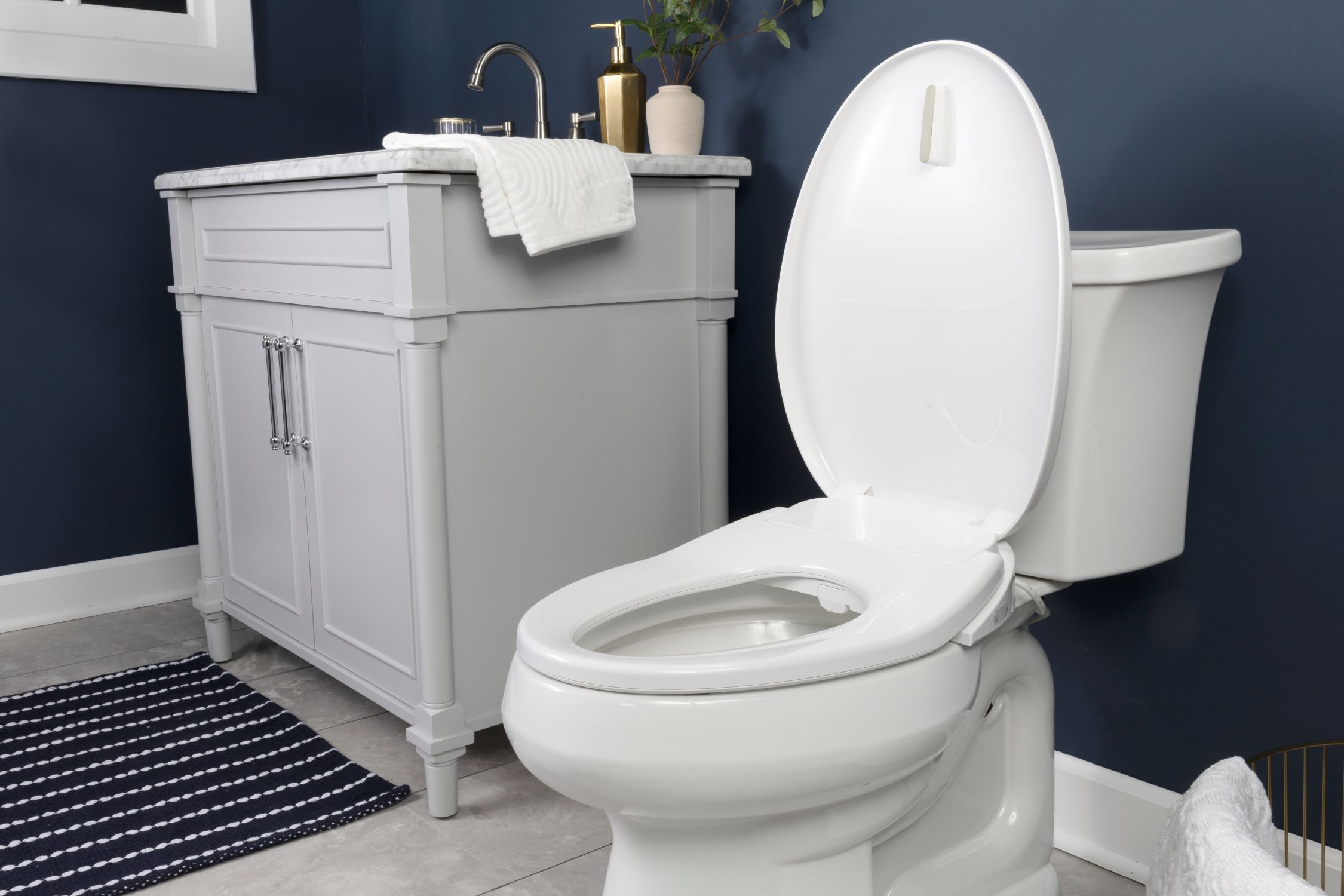

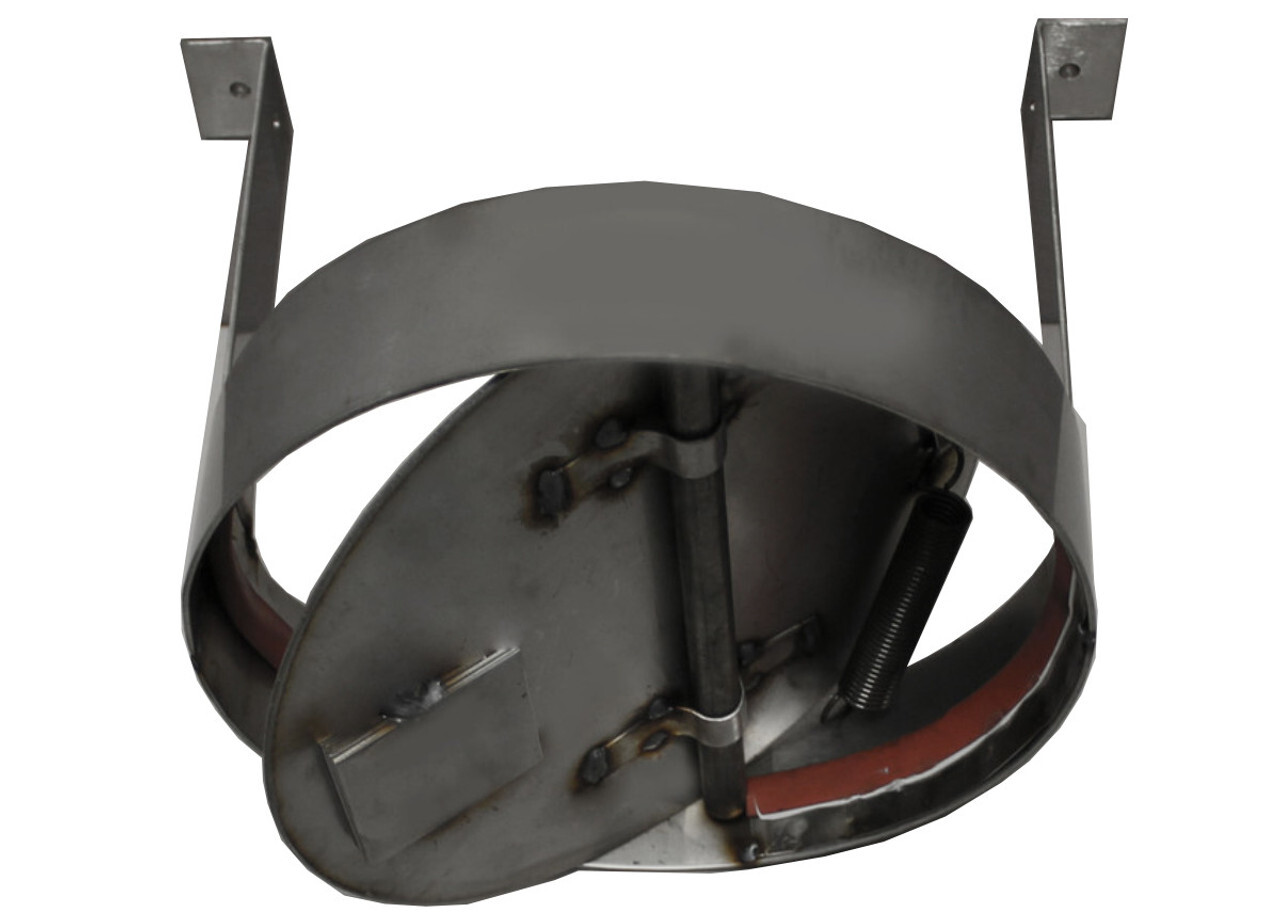







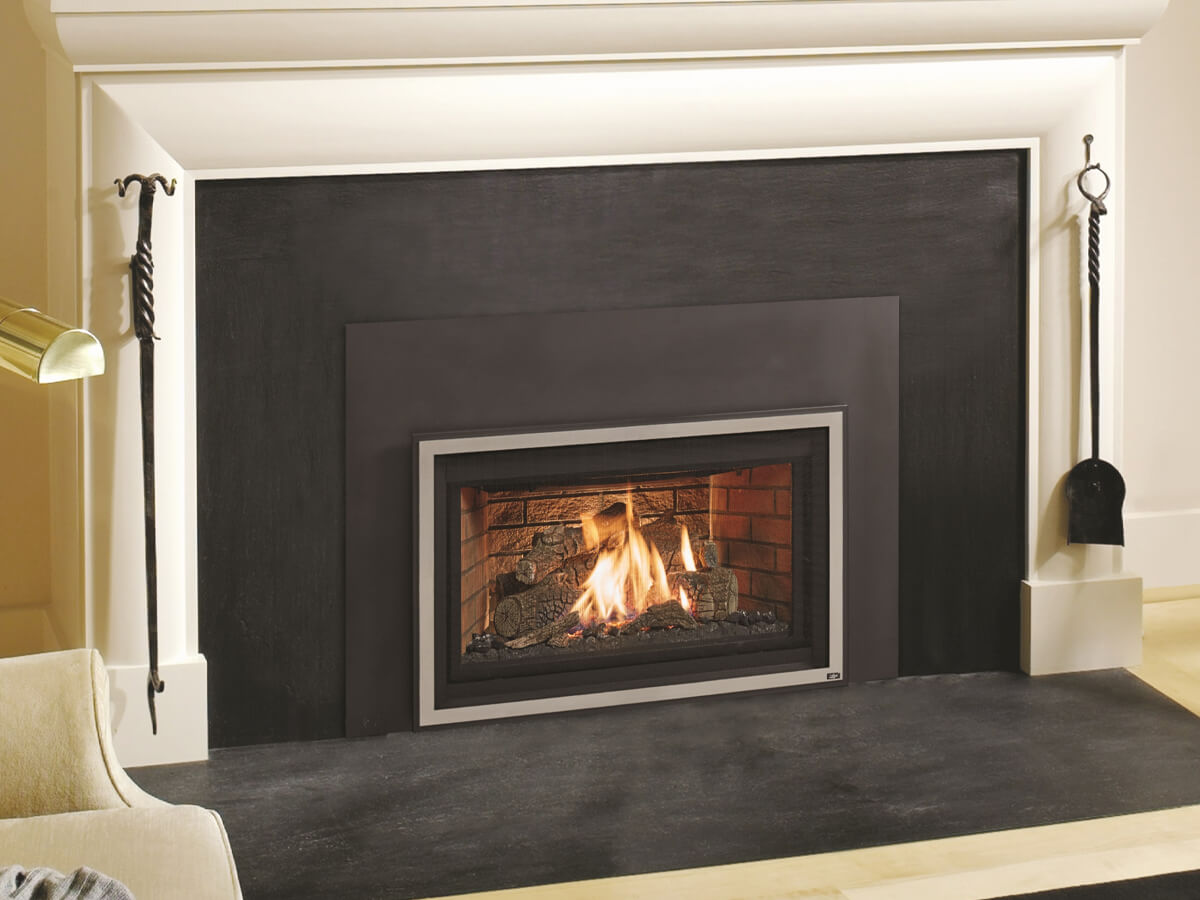

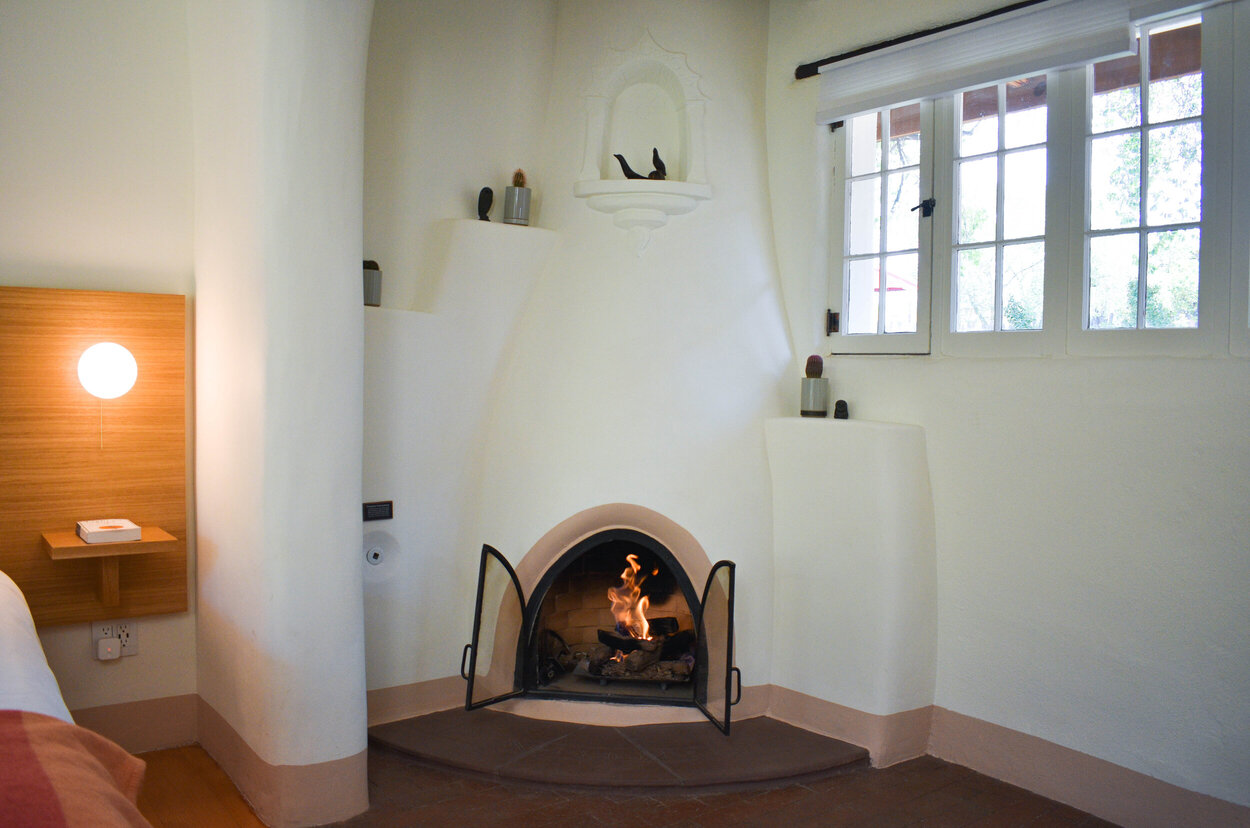
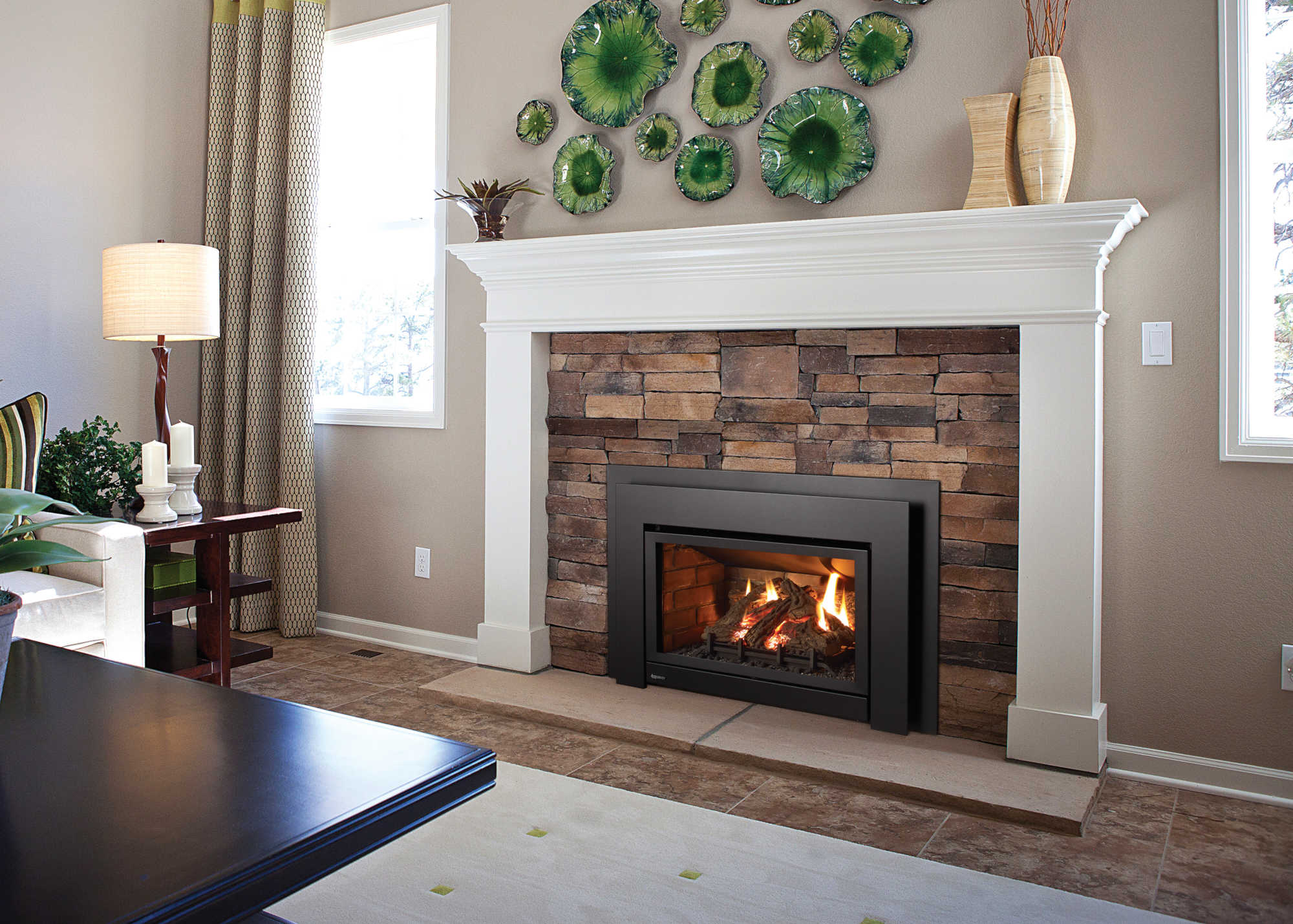

0 thoughts on “What Is Bio Ethanol Fireplace”